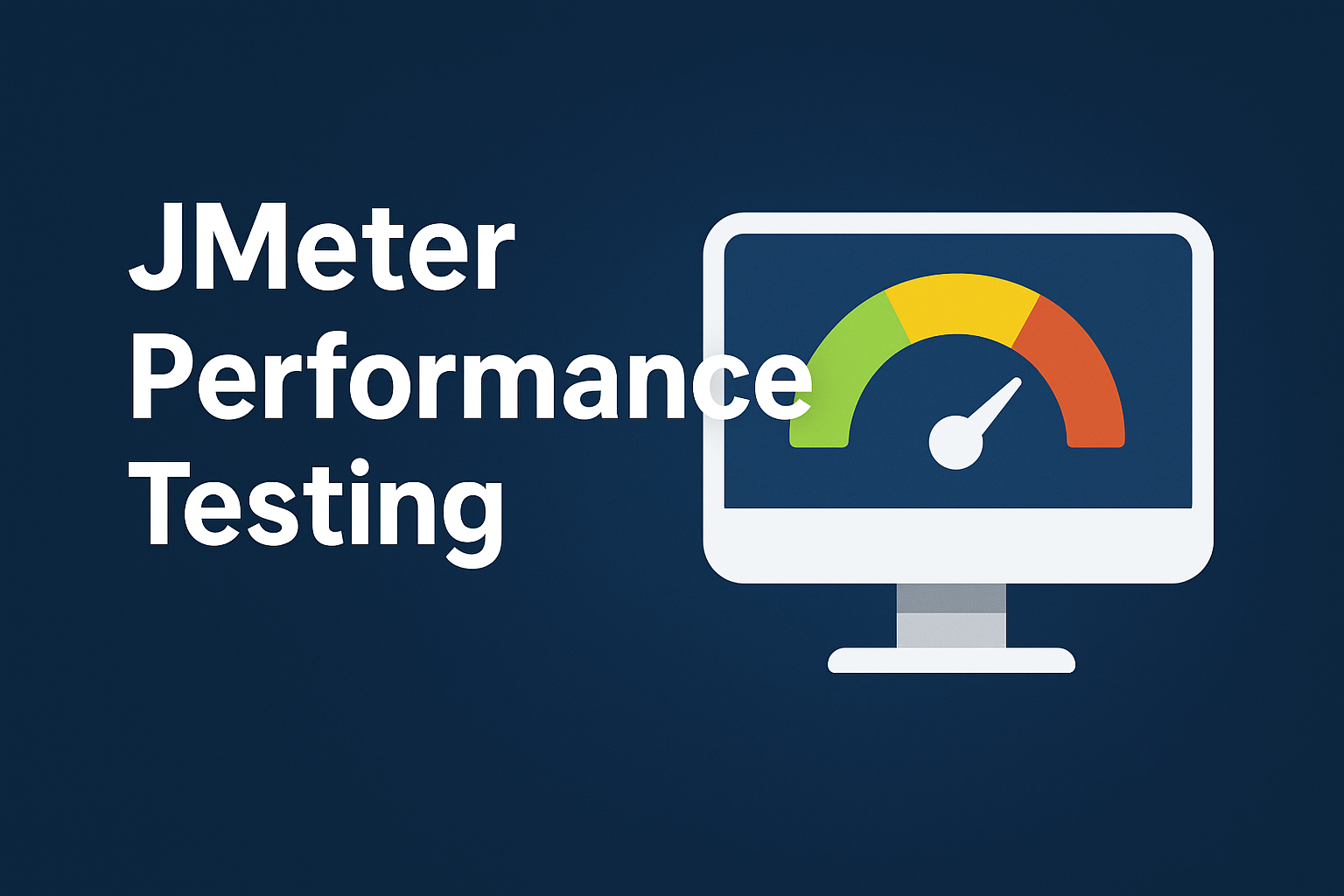Ever wondered how websites handle millions of users storming in on a flash sale without turning into digital soup? The secret weapon is performance testing, and one of the coolest tools in this arena is Apache JMeter. It’s like a superhero for testers—simple, powerful, and ready to save your app from crashing under pressure. Let’s dive into why JMeter rocks and see it in action!
Why JMeter is the Game-Changer
-
Easy to Use, Yet Incredibly Powerful
JMeter has an intuitive interface—no Ph.D. in testing required. But don’t let that fool you! Beneath the simple UI is a beast that can simulate thousands of users and run complex tests.
-
Supports Multiple Protocols
HTTP, FTP, JDBC, SOAP, REST, or even a custom protocol—JMeter has your back. It’s the Swiss Army knife of performance testing tools!
-
Open-Source and Free
No fancy subscriptions, no credit card swipes—just download JMeter and get to work. Plus, there’s a massive community ready to help if you get stuck.
-
Scalable to Infinity (Well, Almost)
Got one laptop? Great, you can start testing. Got a whole team of testers? Awesome! JMeter can scale up and run distributed testing across multiple machines.
-
Customizable for Every Scenario
With plugins galore and a bit of scripting, you can fine-tune JMeter to mimic your app’s quirkiest user behaviors.
Example Scenario: Testing a Movie Ticket Booking Website
Imagine we’re testing a fictional movie ticket booking site, https://movie.com/. The goal? Ensure it doesn’t buckle under pressure when thousands of users are booking tickets for the opening weekend of a blockbuster!
Step 1: Install JMeter
Download Apache JMeter from the official site. Extract the files and launch the GUI using the jmeter.bat file (Windows) or the jmeter script (Mac/Linux).
Step 2: Create a Test Plan
A test plan is like your recipe for testing. Here’s how we cook it up:
-
Add a Thread Group
Go to
Test Plan > Add > Threads (Users) > Thread Group. Configure it with a Number of Threads (Users): 300, Ramp-Up Period: 30 seconds, and Loop Count: 1. -
Add HTTP Request Defaults
Go to
Thread Group > Add > Config Element > HTTP Request Defaults. Set Server Name towww.movie.com.
Step 3: Simulate User Actions
-
1. Browse Movies
- Go to Thread Group > Add > Sampler > HTTP Request.
- Set the Path to
/movies/now-showing. - Choose GET as the method (simulating a user browsing the “Now Showing” page).
-
2. Select a Movie
- Add another HTTP Request.
- Set the Path to
/movies/details?movie_id=12(change the ID for different movies).
-
3. Book Tickets
- Add another HTTP Request.
- Set the Path to
/book-ticket. - Choose POST as the method and add the following data in the Body Data:
{ "movie_id": 12, "seats": 3, "time": "7:30 PM", "payment_method": "credit_card" }
- Add a Summary Report to track metrics like response time, errors, and throughput.
- Add a Graph Results listener to visualize performance trends.
Step 4: Add Listeners to Monitor Results
Listeners provide a visual report of your test results.
Step 5: Run the Test
Hit the green Start button and watch JMeter simulate 300 eager moviegoers booking tickets simultaneously.
Step 6: Analyze Results
-
1. Response Time —
- Check how long it takes for the website to process requests.
- Ideal: Less than 2 seconds per request.
-
2. Error Rate —
- Look for failed transactions (like HTTP 500 errors).
- Aim for less than 1% errors.
-
3. Throughput —
- Measure how many requests your website can handle per second.
- Higher is better—it indicates efficiency.
-
4. Bottlenecks —
- Identify which parts of your system (e.g., database queries or server capacity) struggle under load.
Step 7: Optimize and Retest
If you encounter issues, troubleshoot with your development team and then rerun the tests to ensure the system meets the desired performance benchmarks.
Distinct Advantages of Using JMeter
-
Avoid Launch-Day Meltdowns:
Spot potential issues ahead of time, so your site doesn’t falter when users flood in for that highly anticipated event.
-
Confidence in System Growth:
Be assured that your platform can seamlessly handle increased traffic during peak moments.
-
Proactive Problem-Solving:
Address performance chokepoints during testing, which saves time and resources compared to fixing them post-launch.
-
Realistic User Simulation:
Accurately replicate actual user behavior and traffic patterns to gather meaningful performance insights.
Expert Tips for Crafting a Strong Test Plan
-
Keep It Real:
Simulate real user behavior—like booking 2-4 seats instead of testing with unrealistic values like 100 seats.
-
Start with Baby Steps:
Test with a smaller user base and gradually ramp up traffic to identify failure thresholds.
-
Focus on Peak Activity:
Simulate heavy load conditions, such as traffic surges during a blockbuster ticket sale, to ensure your system can handle the heat.
The Big Picture: Why Performance Testing is Crucial
Think of performance testing as a dress rehearsal for your website’s big debut. It ensures every part of your system shines under the spotlight. By using JMeter, you can uncover inefficiencies, fine-tune your processes, and confidently deliver a flawless user experience.
So, put on your director’s hat, download JMeter, and start testing like a star. Remember, the most memorable websites, like the best performances, are seamless, stress-free, and ready for applause!
